#Assam
Explore tagged Tumblr posts
Text

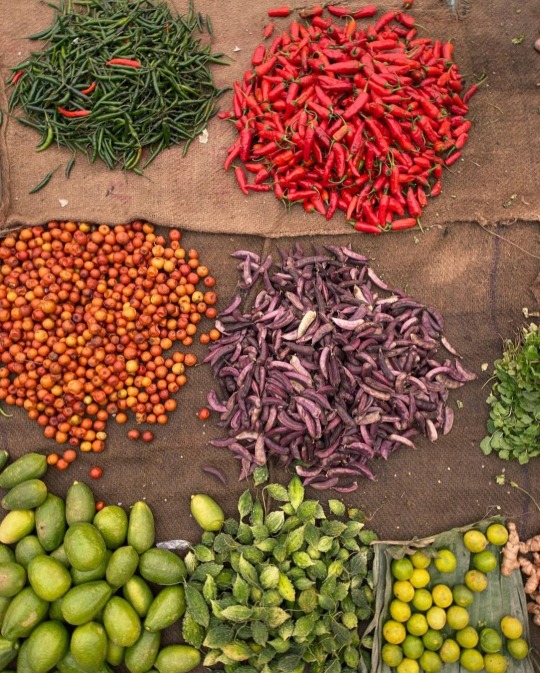

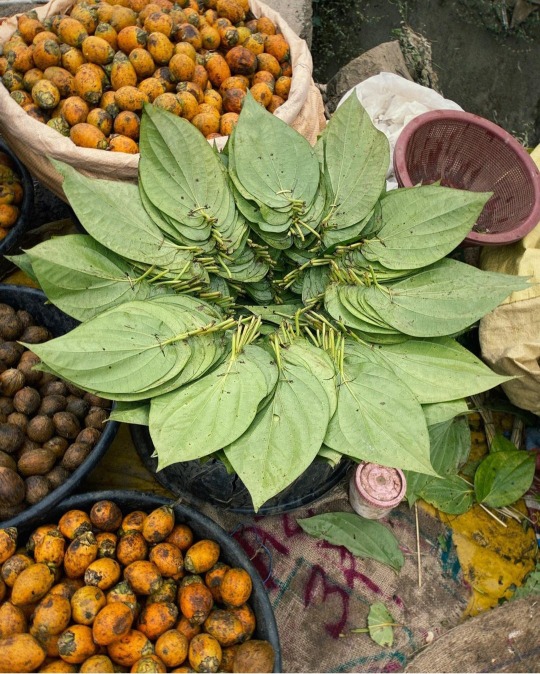
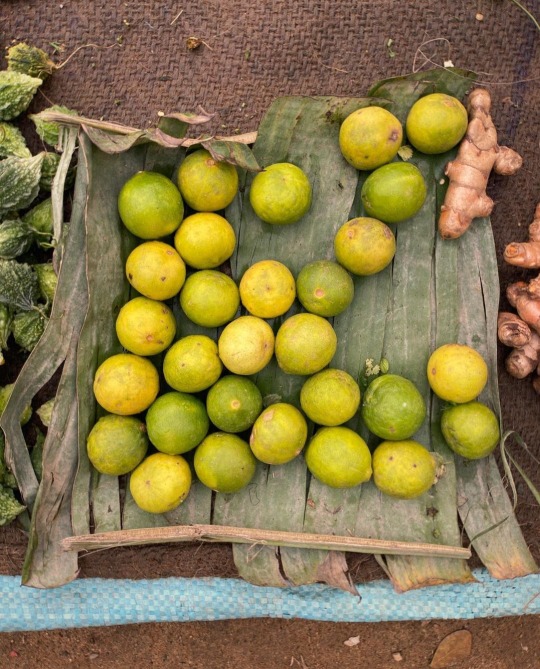
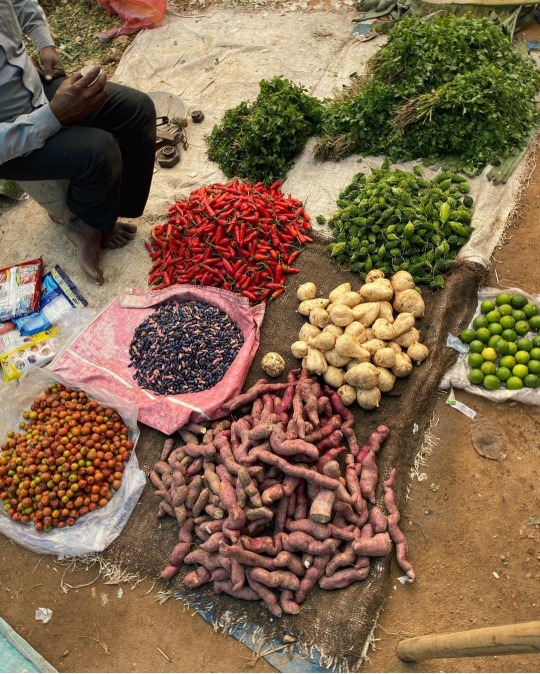
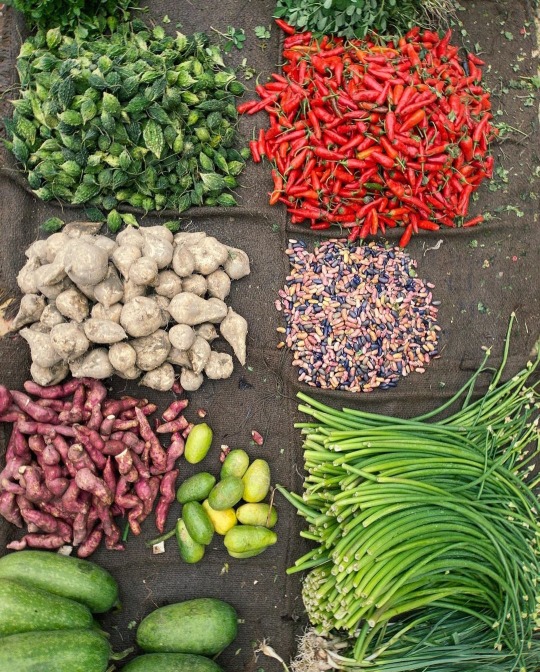
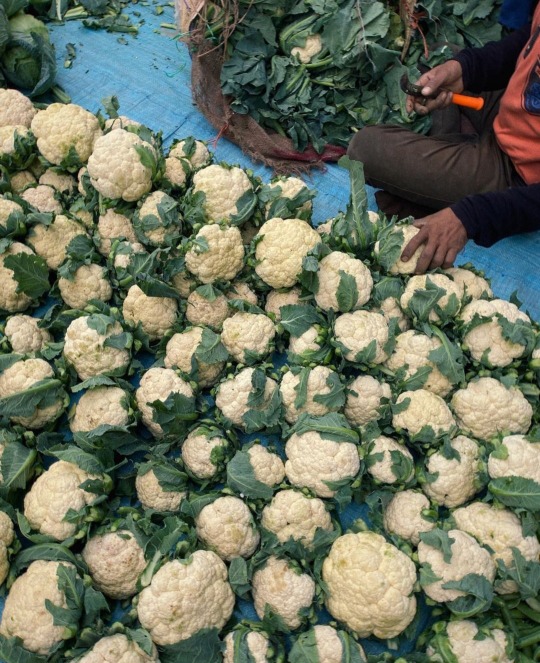
Markets of Assam by Imdad Barbhuyan
#imdad barbhuyan#assam#india#food photography#fruits#street photography#portrait photography#desi aesthetic#desi tumblr#desiblr#south asian#ph
6K notes
·
View notes
Text

Assamese Sevika sketch
#sevika#sevika arcane#arcane sevika#arcane#arcane fanart#arcane au#arcane series#arcane show#arcane netflix#arcane fandom#assamese#assam#desiblr#desi tumblr#desi tag#art#arcane league of legends#arcane lol#arcaneblr
292 notes
·
View notes
Text
youtube
In the northeastern part of India, the greater adjutant stork has been considered an ill omen for generations, and the endangered bird has paid the price. Its breeding population here fell to just 115 birds by the 1990s.
But when biologist Purnima Devi Barman witnessed villagers chop down a tree crowned with the storks’ nests — and chicks — she launched a grassroots effort to do something about it. Today, 10,000 women across the region have banded together to protect nests, raise fledglings, and run educational programs for children and adults explaining the benefits the storks bring to their communities. They even produce textiles that celebrate the giant bird — and bring critical income and empowerment to the local women who are safeguarding its future.
These efforts have been a resounding success for greater adjutant stork conservation. A recent survey found 1,830 of the distinctive birds in Assam, and the species’ status on the IUCN Red List has been changed from “endangered” to “near threatened” — a testament to what can be achieved with community conservation.
#Nature on PBS#wild hope#solarpunk#india#Assam#greater adjutant stork#stork#hargila#bird#endangered species#near threatened species#conservation#Purnima Devi Barman#grassroots#Youtube#Asia
311 notes
·
View notes
Text

Pygmy hog Porcula salvania
Observed by ehuetti, CC BY-NC
722 notes
·
View notes
Text




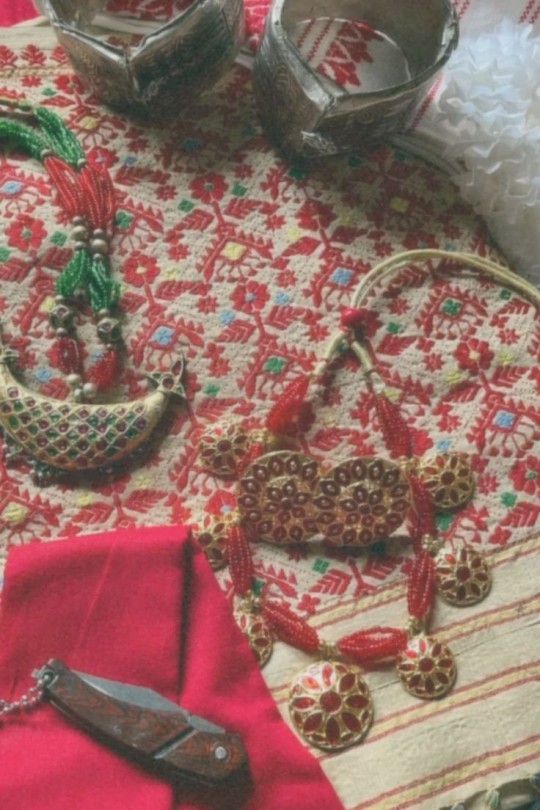




— "she's a northeast beauty" ✨️
#desi moodboard#request#desi tumblr#desi core#desiblr#desi shit posting#desi tag#desi girl#desi humor#just desi things#desi thoughts#desi teen#desi things#desi side of tumblr#desi stuff#desi fashion#desi feminine#desi vibes#being desi#desi blr#desi blog#desi beauty#northeast#desi#india#indian#assam#manipur#sikkim
61 notes
·
View notes
Photo

Kali
Kali is the Hindu goddess of death, time, and doomsday. She is often associated with sexuality and violence but is also considered a strong mother figure and symbol of motherly love. Kali embodies shakti – feminine energy, creativity and fertility – and is an incarnation of Parvati, wife of the great Hindu god Shiva.
Kali is most often represented in art as a fearful fighting figure with a necklace of heads, skirt of arms, lolling tongue, and brandishing a knife dripping with blood.
Name & Worship
Kali's name derives from the Sanskrit meaning 'she who is black' or 'she who is death', but she is also known as Chaturbhuja Kali, Chinnamastā, or Kaushika. As an embodiment of time Kali devours all things, she is irresistibly attractive to mortals and gods, and can also represent (particularly in later traditions) the benevolence of a mother goddess.
The goddess (devi) is particularly worshipped in eastern and southern India and specifically in Assam, Kerala, Kashmir, Bengal – where she is now worshipped in the yearly festival of Kali Puja held on the night of a new moon – and in the Kalighat Temple in the city of Calcutta.
Continue reading...
112 notes
·
View notes
Text

A glossy ibis stands in the waters of Maguri Motapung Beel lake in Assam, India. The wetlands is known as a haven for birdwatchers, offering the chance of seeing such intriguingly named species as the fulvous whistling duck, the great thick-knee and the swamp grass babbler.
Photograph: Biju Boro/AFP/Getty Images
#biju boro#photographer#afp via getty images#glossy ibis#ibis#bird#maguri motapung beel lake#lake#assam#india#wetlands#nature
33 notes
·
View notes
Text
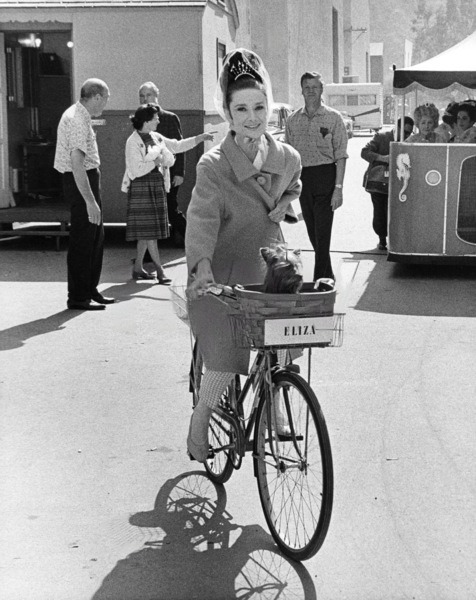
Audrey Hepburn and Assam at the Burbank Studios for the filming of My Fair Lady in 1963
#audrey hepburn#movies#old movies#old hollywood glamour#old hollywood#fashion#classic#vintage#photography#style#1960s#on the set#behind the scenes#my fair lady#assam#eliza doolittle
101 notes
·
View notes
Text

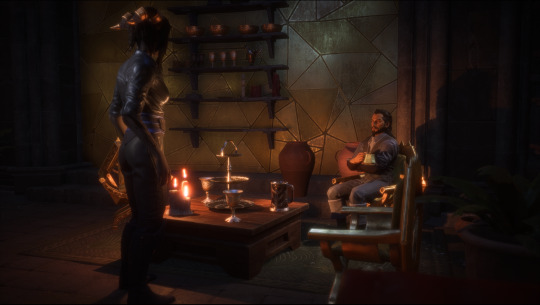

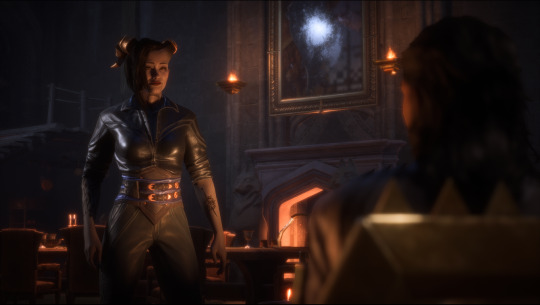
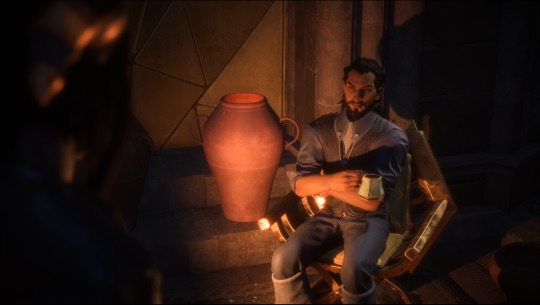




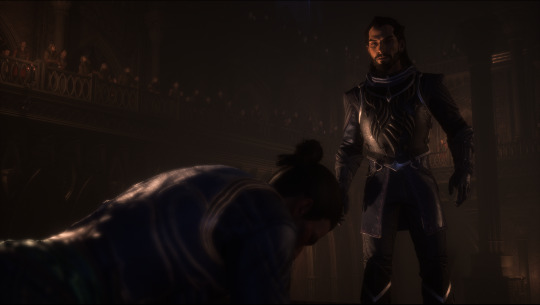




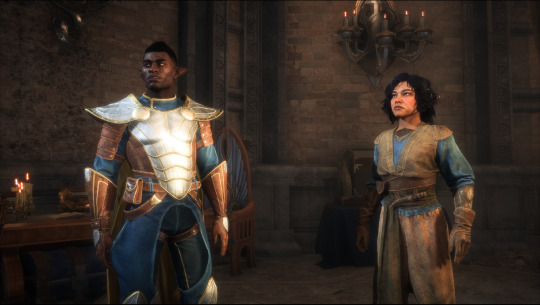


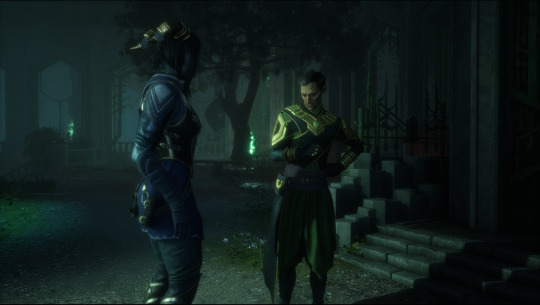
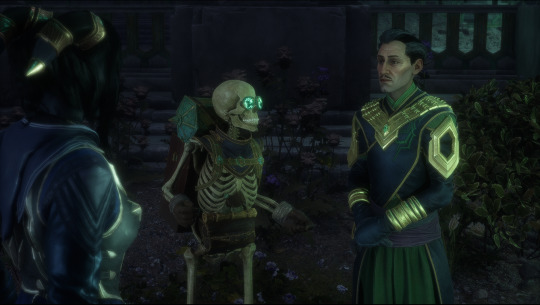



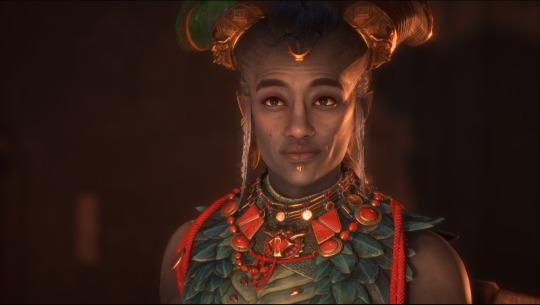
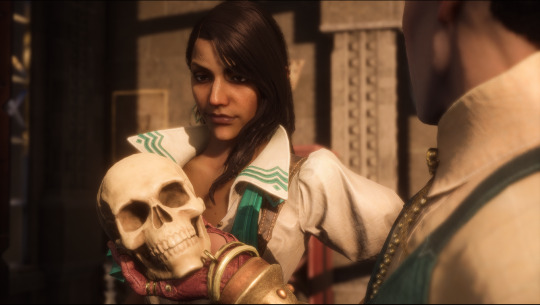



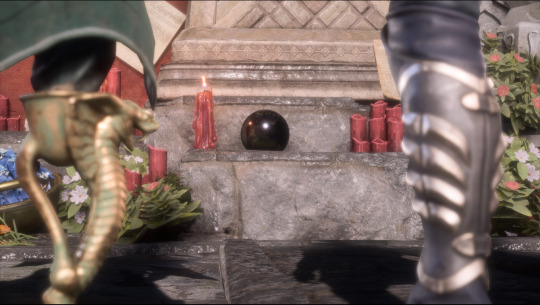
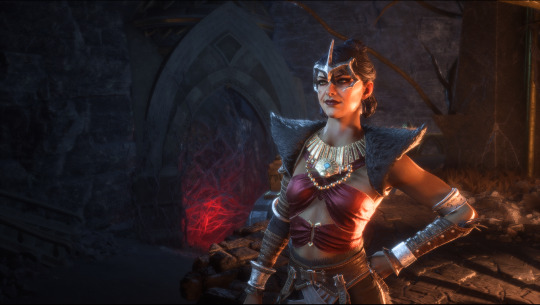

This was my first playthrough that I got all of Solas's memories. Here is the rest of Lucanis's loyalty mission. He is now first talon. Illario was shown mercy. Emmrich talked to Elonna about his fear of death and met his parents. Assam met with with a old friend. Then Taash came out as nonbinary to their mother. It didn't end well. Harding and Lucanis shared some coffee together. I also found a screen shot of that scene of Emmrich helping Neve. Then I found a photo of Emmrich talking to Elonna in his library. Neve takes Elonna to the wall of light. Morrigan shows Elonna where Mythal is. Davrin and Lucanis share a drink together.
#dragon age rook#dragon age#neve gallus#veilguard spoilers#morrigan#dragon age emmrich#emmrich volkarin#dragon age lucanis#lucanis dellamorte#da4 lucanis#antivan crows#crows#illario dellamorte#blood magic#da taash#taash the dragon hunter#dragon age taash#davrin#lace harding#scout harding#assam#manfred#coming out#nonbinary#spite dragon age#spite dellamorte#da spite#spite#loyalty#photo dump
21 notes
·
View notes
Text

Stilt Houses, Assam, India: Houses in Assam are built on stilts to prevent water from entering the houses during floods. As Assam is a region that receives heavy rainfall for the majority of the year, there are often chances of floods. As a preventive measure against flooding, houses in Assam are built on raised platforms or stilts
84 notes
·
View notes
Text
Assamese people are living in the middle ages
No really
It's year 1430 according to the Assamese calendar
19 notes
·
View notes
Text
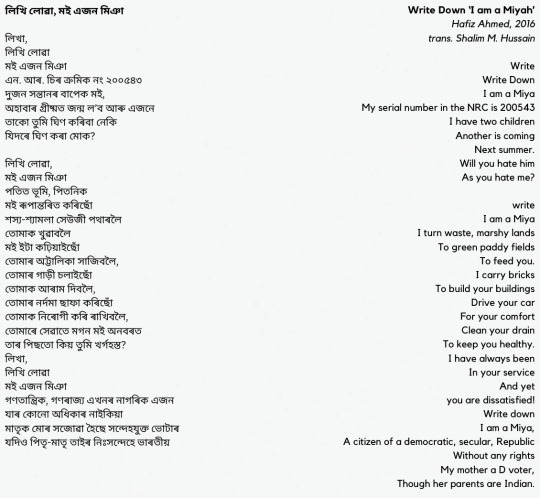

লিখি লোৱা, মই এজন মিঞা ("Write Down 'I am a Miyah'", 2016) by Hafiz Ahmed, translated from Assamese to English by Shalim M. Hussain, began a movement of resistance poetry among Assamese Muslims of Bengali descent, referred to as Miya Poetry after a slur used to describe this community. From Abdul Kalam Azad, for Indian Express ("Write...I am a Miya", 2019):
This poem went viral and other young poets started responding to him through poems. The young poets also started reclaiming “Miya”, a slur used against us, as our identity with pride. This chain of Facebook posts continued for days, reiterating the violence, suffering and humiliation expressed by our community. As time passed, more poets wrote in various languages and dialects, including many Miya dialects. The nomenclature ‘Miya Poetry’ got generated organically but the poets and their associates have been inspired by the Negritude and Black Arts movements, and queer, feminist and Dalit literary movements, where the oppressed have reclaimed the identity which was used to dehumanise them. The trend transcended our community. Poets from the mainstream Assamese community also wrote several poems in solidarity with the Miya poets while some regretted not being poets. Gradually, this became a full-fledged poetry movement and got recognised by other poets, critics and commentators. The quality and soul of these poems are so universal that they started finding prominence on reputed platforms. For the first time in the history of our community, we had started telling our own stories and reclaiming the Miya identity to fight against our harassers who were dehumanising us with the same word. They accused us of portraying the whole Assamese society as xenophobic. The fact is we have just analysed our conditions. Forget generalising the Assamese society as ‘xenophobic’, no Miya poet has ever used the term ‘xenophobic’ nor any of its variants. The guilt complex of our accusers is so profound that they don’t have the patience to examine why we wrote the poems.
Amrita Singh, writing for The Caravan ("Assam Against Itself", 2019), detailed the political backlash against Miya Poetry, in particular the above poem.
On 10 July this year, Pranabjit Doloi, an Assam-based journalist, filed a complaint at Guwahati’s Panbazar police station accusing ten people of indulging in criminal activities “to defame the Assamese people as Xenophobic in the world.” Doloi claimed that the ten people were trying to hinder the ongoing updation of the National Register of Citizens, a list of Assam’s Indian citizens that is due to be published on 31 August. The premise of Doloi’s complaint was a widely-circulated poem called, “Write down I am Miya,” by Hafiz Ahmed, a school teacher and social activist. “Write. Write down I am a Miya/ A citizen of democratic secular republic without any rights,” Ahmed wrote. The police registered a first information report against Doloi’s complaint, booking all ten persons for promoting enmity between groups, among other offences. [...] At the press conference, Mander emphasised that people in Assam are in distress because of the NRC’s arbitrary and rigid procedures. “One spelling mistake when you are writing a Bengali name in English … that is enough for you to be in a detention center, declared a foreigner,” Mander said. “If you are not allowing this lament to come out in the form of poetry, then where is this republic of India going?”
Ahmed's poem is influenced in structure by "Identity Card", a 1964 poem by by Palestinian poet Mahmoud Darwish which uses the symbolic figure of the Palestinian working man to confront Israeli occupiers. Darwish's identity card, a symbol of Israeli subjugation transformed into a cry of Palestinian national identity, is reshaped by Ahmed into the National Register of Citizens for Assam and the accompanying fear of statelessness and disenfranchisement for the Miya people.
This solidarity between writers from oppressed groups is, of course, not one that ends with Darwish and Ahmed, nor with the Black, queer, feminist, and Dalit influences of Miya Poetry. As long as there is oppression, there will be companionship and recognition reflected in art and activism. On December 13, 2023, Black Agenda Report reprinted Refaat Alareer's "If I Must Die", acknowledging the connection between Alareer's poem and "If We Must Die" by Claude McKay, written in 1919 in response to the Red Summer white supremacist riots. In 2000, Haitian community activist Dahoud Andre translated "If We Must Die" into Kreyòl, and the Black Agenda Report editorial honors Alareer in a similar way, reprinting "If I Must Die" with an accompanying Kreyòl translation. (POEM: If I Must Die, Refaat Alareer, 2023.)
Transcripts under the cut.
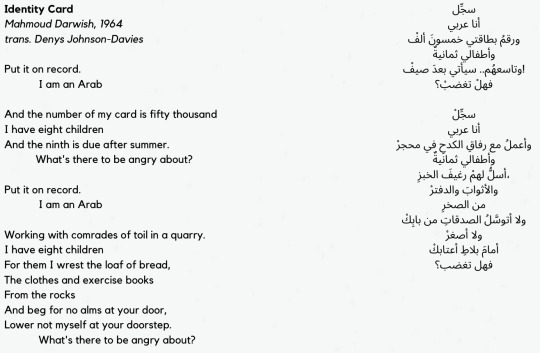

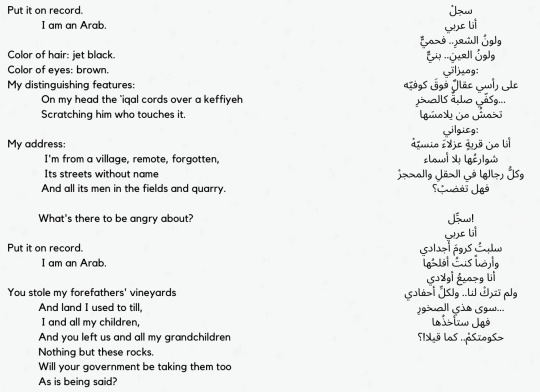

[Hafiz Ahmed Transcripts (Assamese and English):
লিখি লোৱা, মই এজন মিঞা
লিখা, লিখি লোৱা মই এজন মিঞা এন. আৰ. চিৰ ক্রমিক নং ২০০৫৪৩ দুজন সন্তানৰ বাপেক মই, অহাবাৰ গ্ৰীষ্মত জন্ম ল’ব আৰু এজনে তাকো তুমি ঘিণ কৰিবা নেকি যিদৰে ঘিণ কৰা মোক?
লিখি লোৱা, মই এজন মিঞা পতিত ভূমি, পিতনিক মই ৰূপান্তৰিত কৰিছোঁ শস্য-শ্যামলা সেউজী পথাৰলৈ তোমাক খুৱাবলৈ মই ইটা কঢ়িয়াইছোঁ তোমাৰ অট্টালিকা সাজিবলৈ, তোমাৰ গাড়ী চলাইছোঁ তোমাক আৰাম দিবলৈ, তোমাৰ নৰ্দমা ছাফা কৰিছোঁ তোমাক নিৰোগী কৰি ৰাখিবলৈ, তোমাৰে সেৱাতে মগন মই অনবৰত তাৰ পিছতো কিয় তুমি খৰ্গহস্ত? লিখা, লিখি লোৱা মই এজন মিঞা গণতান্ত্ৰিক, গণৰাজ্য এখনৰ নাগৰিক এজন যাৰ কোনো অধিকাৰ নাইকিয়া মাতৃক মোৰ সজোৱা হৈছে সন্দেহযুক্ত ভোটাৰ যদিও পিতৃ-মাতৃ তাইৰ নিঃসন্দেহে ভাৰতীয়
ইচ্ছা কৰিলেই তুমি মোক হত্যা কৰিব পাৰা, জ্বলাই দিব পৰা মোৰ খেৰৰ পঁজা, খেদি দিব পাৰা মোক মোৰেই গাঁৱৰ পৰা, কাঢ়ি নিব পাৰা মোৰ সেউজী পথাৰ মোৰ বুকুৰ ওপৰেৰে চলাব পাৰা তোমাৰ বুলড্জাৰ তোমাৰ বুলেটে বুকুখন মোৰ কৰিব পাৰে থকাসৰকা (তোমাৰ এই কাৰ্যৰ বাবে তুমি কোনো স্তিও নোপোৱা) যুগ-যুগান্তৰ তোমাৰ অত্যাচাৰ সহ্য কৰি ব্ৰহ্মপুত্ৰৰ চৰত বাস কৰা মই এজন মিঞা মোৰ দেহা হৈ পৰিছে নিগ্ৰো কলা মোৰ চকুযুৰি অঙঠাৰ দৰে ৰঙা সাৱধান! মোৰ দুচকুত জমা হৈ আছে যুগ যুগান্তৰৰ বঞ্চনাৰ বাৰুদ আঁতৰি যোৱা, নতুবা অচিৰেই পৰিণত হ’বা মূল্যহীন ছাইত!
Write Down ‘I am a Miyah’ Hafiz Ahmed, 2016 trans. Shalim M. Hussain
Write Write Down I am a Miya My serial number in the NRC is 200543 I have two children Another is coming Next summer. Will you hate him As you hate me?
write I am a Miya I turn waste, marshy lands To green paddy fields To feed you. I carry bricks To build your buildings Drive your car For your comfort Clean your drain To keep you healthy. I have always been In your service And yet you are dissatisfied! Write down I am a Miya, A citizen of a democratic, secular, Republic Without any rights My mother a D voter, Though her parents are Indian.
If you wish kill me, drive me from my village, Snatch my green fields hire bulldozers To roll over me. Your bullets Can shatter my breast for no crime.
Write I am a Miya Of the Brahamaputra Your torture Has burnt my body black Reddened my eyes with fire. Beware! I have nothing but anger in stock. Keep away! Or Turn to Ashes.
]
[Mahmoud Darwish Transcripts (Arabic and English):
سجِّل أنا عربي ورقمُ بطاقتي خمسونَ ألفْ وأطفالي ثمانيةٌ وتاسعهُم.. سيأتي بعدَ صيفْ! فهلْ تغضبْ؟ سجِّلْ أنا عربي وأعملُ مع رفاقِ الكدحِ في محجرْ وأطفالي ثمانيةٌ أسلُّ لهمْ رغيفَ الخبزِ، والأثوابَ والدفترْ من الصخرِ ولا أتوسَّلُ الصدقاتِ من بابِكْ ولا أصغرْ أمامَ بلاطِ أعتابكْ فهل تغضب؟ سجل أنا عربي أنا اسم بلا لقبِ صَبورٌ في بلادٍ كلُّ ما فيها يعيشُ بفَوْرةِ الغضبِ جذوري قبلَ ميلادِ الزمانِ رستْ وقبلَ تفتّحِ الحقبِ وقبلَ السّروِ والزيتونِ .. وقبلَ ترعرعِ العشبِ أبي.. من أسرةِ المحراثِ لا من سادةٍ نُجُبِ وجدّي كانَ فلاحاً بلا حسبٍ.. ولا نسبِ! يُعَلّمني شموخَ الشمسِ قبلَ قراءةِ الكتبِ وبيتي’ كوخُ ناطورٍ منَ الأعوادِ والقصبِ فهل تُرضيكَ منزلتي؟ أنا اسم بلا لقبِ! سجلْ أنا عربي ولونُ الشعرِ.. فحميٌّ ولونُ العينِ.. بنيٌّ وميزاتي: على رأسي عقالٌ فوقَ كوفيّه وكفّي صلبةٌ كالصخرِ... تخمشُ من يلامسَها وعنواني: أنا من قريةٍ عزلاءَ منسيّهْ شوارعُها بلا أسماء وكلُّ رجالها في الحقلِ والمحجرْ فهل تغضبْ؟ سجِّل! أنا عربي سلبتُ كرومَ أجدادي وأرضاً كنتُ أفلحُها أنا وجميعُ أولادي ولم تتركْ لنا.. ولكلِّ أحفادي سوى هذي الصخورِ... فهل ستأخذُها حكومتكمْ.. كما قيلا!؟ إذنْ سجِّل.. برأسِ الصفحةِ الأولى أنا لا أكرهُ الناسَ ولا أسطو على أحدٍ ولكنّي.. إذا ما جعتُ آكلُ لحمَ مغتصبي حذارِ.. حذارِ.. من ��وعي ومن غضبي!!
Identity Card Mahmoud Darwish, 1964 trans. Denys Johnson-Davies
Put it on record. I am an Arab
And the number of my card is fifty thousand I have eight children And the ninth is due after summer. What's there to be angry about?
Put it on record. I am an Arab
Working with comrades of toil in a quarry. I have eight children For them I wrest the loaf of bread, The clothes and exercise books From the rocks And beg for no alms at your door, Lower not myself at your doorstep. What's there to be angry about?
Put it on record. I am an Arab.
I am a name without a title, Patient in a country where everything Lives in a whirlpool of anger. My roots Took hold before the birth of time Before the burgeoning of the ages, Before cypress and olive trees, Before the proliferation of weeds.
My father is from the family of the plough Not from highborn nobles.
And my grandfather was a peasant Without line or genealogy.
My house is a watchman's hut Made of sticks and reeds.
Does my status satisfy you? I am a name without a surname.
Put it on record. I am an Arab.
Color of hair: jet black. Color of eyes: brown. My distinguishing features: On my head the `iqal cords over a keffiyeh Scratching him who touches it.
My address: I'm from a village, remote, forgotten, Its streets without name And all its men in the fields and quarry. What's there to be angry about?
Put it on record. I am an Arab.
You stole my forefathers' vineyards And land I used to till, I and all my children, And you left us and all my grandchildren Nothing but these rocks. Will your government be taking them too As is being said?
So! Put it on record at the top of page one: I don't hate people, I trespass on no one's property.
And yet, if I were to become hungry I shall eat the flesh of my usurper. Beware, beware of my hunger And of my anger!
]
#it speaks!#re: the tag on my last reblogged post. decided to make that point its own post!#this is long obviously and im employing proper capitalization for ease of reading#obligatory im monolingual disclaimer & cant vouch for translation quality; i chose the johnson-davies translation because ->#<- it is the one i see most commonly spread. i take responsibility for any deficiencies.#going to use some tags because im personally interested in this poetic movement & connection & maybe other people will be too!#palestine#palestinian poetry#assam#miya poetry#political poetry#poetry#in translation
65 notes
·
View notes
Text
The kind of Vaishnavism that I like the most has to be the neo-Vaishnavite/Ekasarana Dharma movement in Assam led by Xrimonto Xonkordev (Srimanta Sankardev). Why? Cuz:
1. It is openly anti-caste/varna and anti-Brahminical Hinduism. (There are a few denominations that can be considered exceptions though)
2. Xonkordev translated the major Hindu scriptures and epics to Assamese and shared them openly to the people of the lower castes and marginalized groups.
3. Monastries (Xotros/Satras) that were set up by him are governed and controlled by non-Brahmin priests (Xotraadhikaris) (Dokkhinpat Xotro is probably an exception rn cuz as far as I'm aware it's a Brahmin Vaishnav who runs it currently. Not sure tho)
4. One of the denominations, the Kala Sanghati, is known for incorporating several tribal and socially oppressed groups into this neo-Vaishnavite movement. This denomination was one of the most vocally anti-monarchist groups and hence led the famous Moamoria rebellion against the Ahom royalty.
5. This last point is personal to Assamese culture mostly, to which this movement, and especially Xonkordev, contributed generously through his composed borgeets (devotional songs), ghuxas (poetic works, and Naam Ghuxa and Rotnovoli were composed by his pupil, Madhovdev), social revolution against casteism and consolidating all ethnicities and religions (including Islam) into his movement.
Now there were indeed several problematic practices in this movement here and there, as is the case of any religious movement, but it is still one of the most persisting unorthodox, non-Brahminical sects of Hinduism till date.
#vaishnavism#hinduism#hindu mythology#hindu gods#vishnu#lord vishnu#krishna#krishnablr#lord krishna#hindu#srimanta sankardev#assamese#assam#hindublr#desiblr#desi tumblr#desi tag#desiposting#caste system#casteism#brahminical hinduism
33 notes
·
View notes
Text
A walk through Bengal's architecture
Bengali architecture has a long and rich history, fusing indigenous elements from the Indian subcontinent with influences from other areas of the world. Present-day Bengal architecture includes the nation of Bangladesh as well as the Indian states of West Bengal, Tripura, and Assam's Barak Valley. West Bengal’s architecture is an amalgamation of ancient urban architecture, religious architecture, rural vernacular architecture, colonial townhouses and country houses, and modern urban styles. Bengal architecture is the architecture of Wind, Water, and Clay. The Pala Empire (750–1120), which was founded in Bengal and was the final Buddhist imperial force on the Indian subcontinent, saw the apex of ancient Bengali architecture. The majority of donations went to Buddhist stupas, temples, and viharas. Southeast Asian and Tibetan architecture was influenced by Pala architecture. The Grand Vihara of Somapura, which is now a UNESCO World Heritage Site, was the most well-known structure erected by the Pala rulers.

The Grand Vihara of Somapura
According to historians, the builders of Angkor Wat in Cambodia may have taken inspiration from Somapura. Bengal architecture became known for its use of terracotta due to the scarcity of stone in the area. Clay from the Bengal Delta was used to make bricks.
The temple architecture has distinct features like the rich wall decoration, often known as the terracotta temples, which was one of the remarkable elements of Bengali temple architecture. The double-roofed architecture of thatched huts was replicated by Bengali temples. Square platforms were used to construct the temples. Burnt brick panels with figures in geometric patterns or substantial sculptural compositions served as the temples' adornment.

Dochala style
These served as models for many temples that were built in undivided Bengal. Construction materials used in ancient times included wood and bamboo. Bengal has alluvial soil, so there isn't a lot of stone there. The bricks that were utilized to build the architectural components were made from stone, wood, black salt, and granite. Bengal has two different types of temples: the Rekha type, which is smooth or ridged curvilinear, and the Bhadra form, which has horizontal tiers that gradually get smaller and is made up of the amalaka sila. Mughal architecture, including forts, havelis, gardens, caravanserais, hammams, and fountains, spread throughout the area during the Mughal era in Bengal. Mosques built by the Mughals in Bengal also took on a distinctive regional look. The two major centers of Mughal architecture were Dhaka and Murshidabad. The do-chala roof custom from North India was imitated by the Mughals.

Jorasako thakurbari
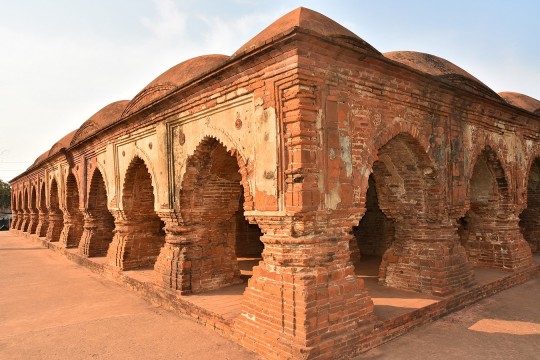
The Rasmancha is a heritage building located at Bishnupur, Bankura district, West Bengal.
Influence of the world on Bengal architecture: Although the Indo-Saracenic architectural style predominated in the area, Neo-Classical buildings from Europe were also present, particularly in or close to trading centers. While the majority of country estates had a stately country house, Calcutta, Dacca, Panam, and Chittagong all had extensive 19th and early 20th-century urban architecture that was equivalent to that of London, Sydney, or other British Empire towns. Calcutta experienced the onset of art deco in the 1930s. Indo-Saracenic architecture can be seen in Ahsan Manzil and Curzon Hall in Dhaka, Chittagong Court Building in Chittagong, and Hazarduari Palace in Murshidabad.
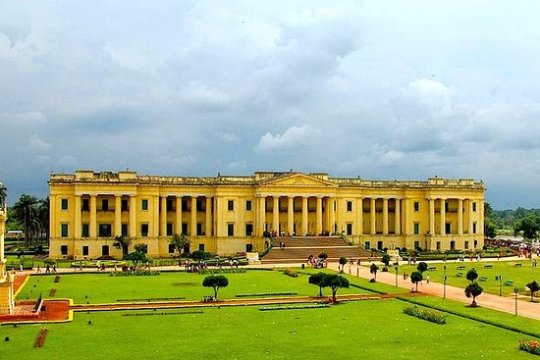
Hazarduari Palace in Murshidabad
The Victoria Memorial in Kolkata, designed by Vincent Esch also has Indo-Saracenic features, possibly inspired by the Taj Mahal. Additionally, Kolkata's bungalows, which are being demolished to make way for high-rise structures, have elements of art deco. The 1950s in Chittagong saw a continuation of Art Deco influences. The Bengali modernist movement, spearheaded by Muzharul Islam, was centered in East Pakistan. In the 1960s, many well-known international architects, such as Louis Kahn, Richard Neutra, Stanley Tigerman, Paul Rudolph, Robert Boughey, and Konstantinos Doxiadis, worked in the area.

The Jatiyo Sangshad Bhaban
This iconic piece of contemporary Bangladeshi architecture, was created by Louis Kahn. Midsized skyscrapers dominate the cityscapes of contemporary Bengali cities, which are frequently referred to as "concrete jungles." With well-known architects like Rafiq Azam, architecture services play a key role in the urban economies of the area. Overall Bengal architecture was influenced by various contemporaries of their time and continues to evolve.

Gothic architectural style seen in St. Paul's Cathedral in Kolkata.

Zamindar era buildings in ruin.

Belur Math in Howrah
#bengali#bangla#west bengal#bangladesh#tripura#assam#desi#বাংলা#india#architecture#tales#bengal architecture#history#kolkata#international#technology#information#temple#asia#bricks
193 notes
·
View notes
Text
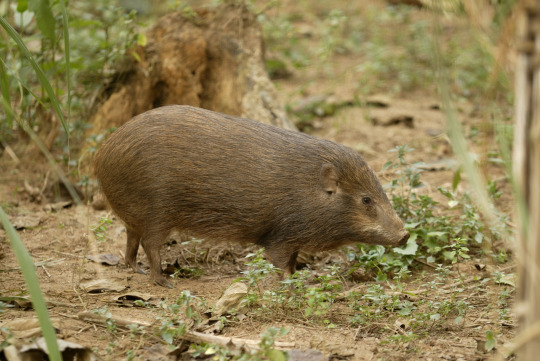
Pygmy hog Porcula salvania
Observed by kalyanvarma, CC BY
198 notes
·
View notes